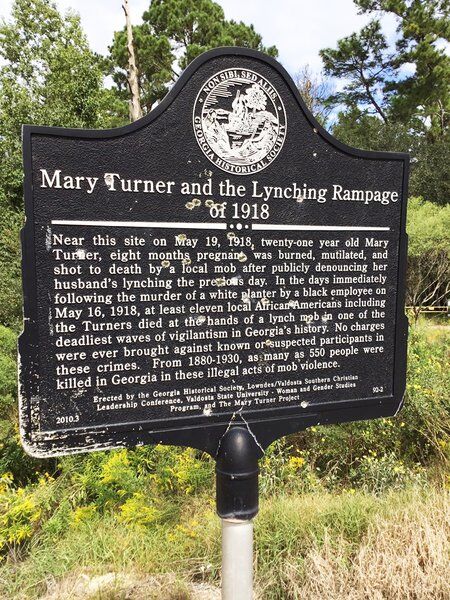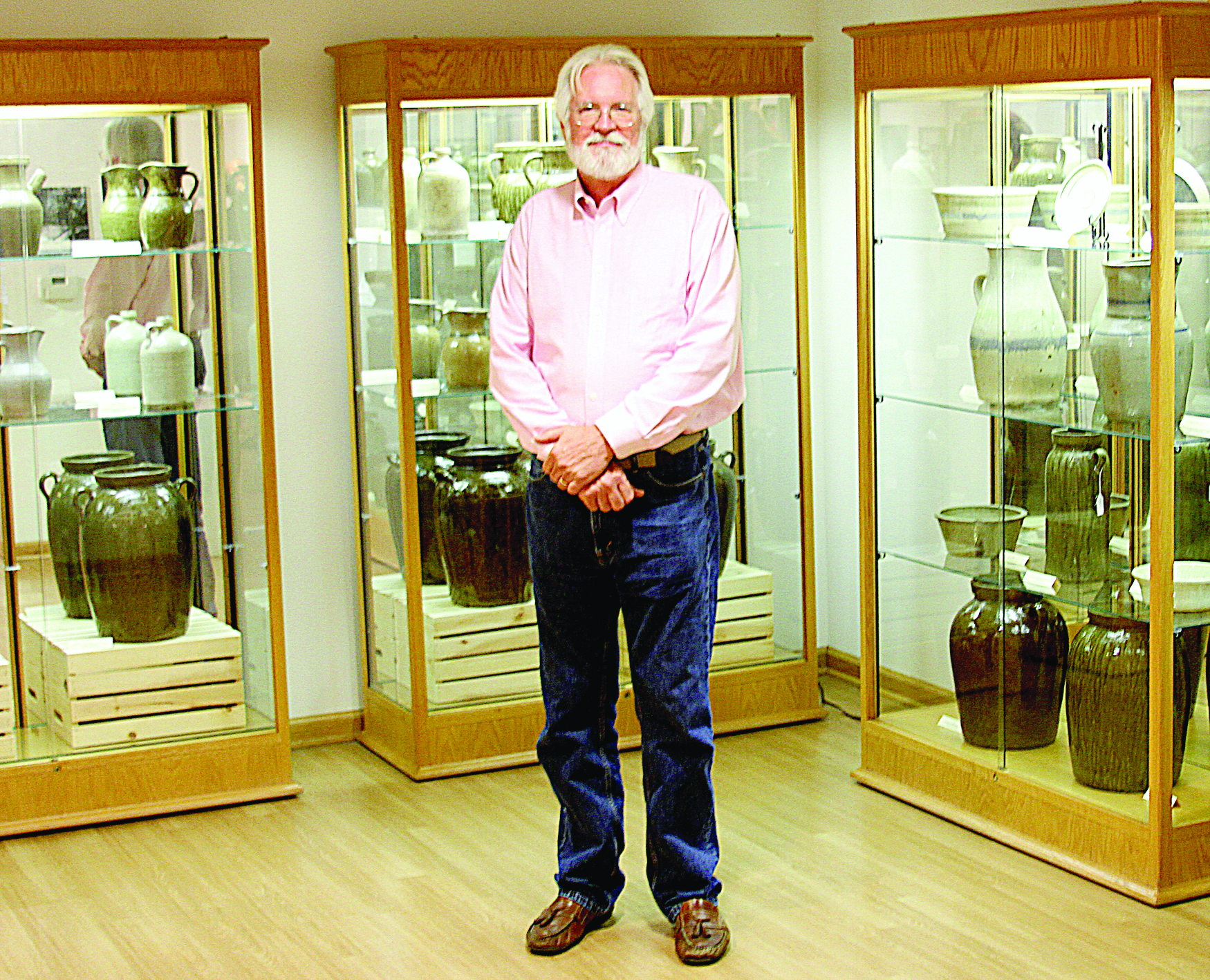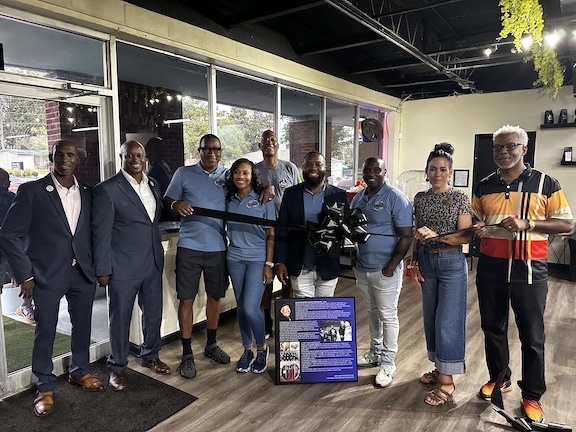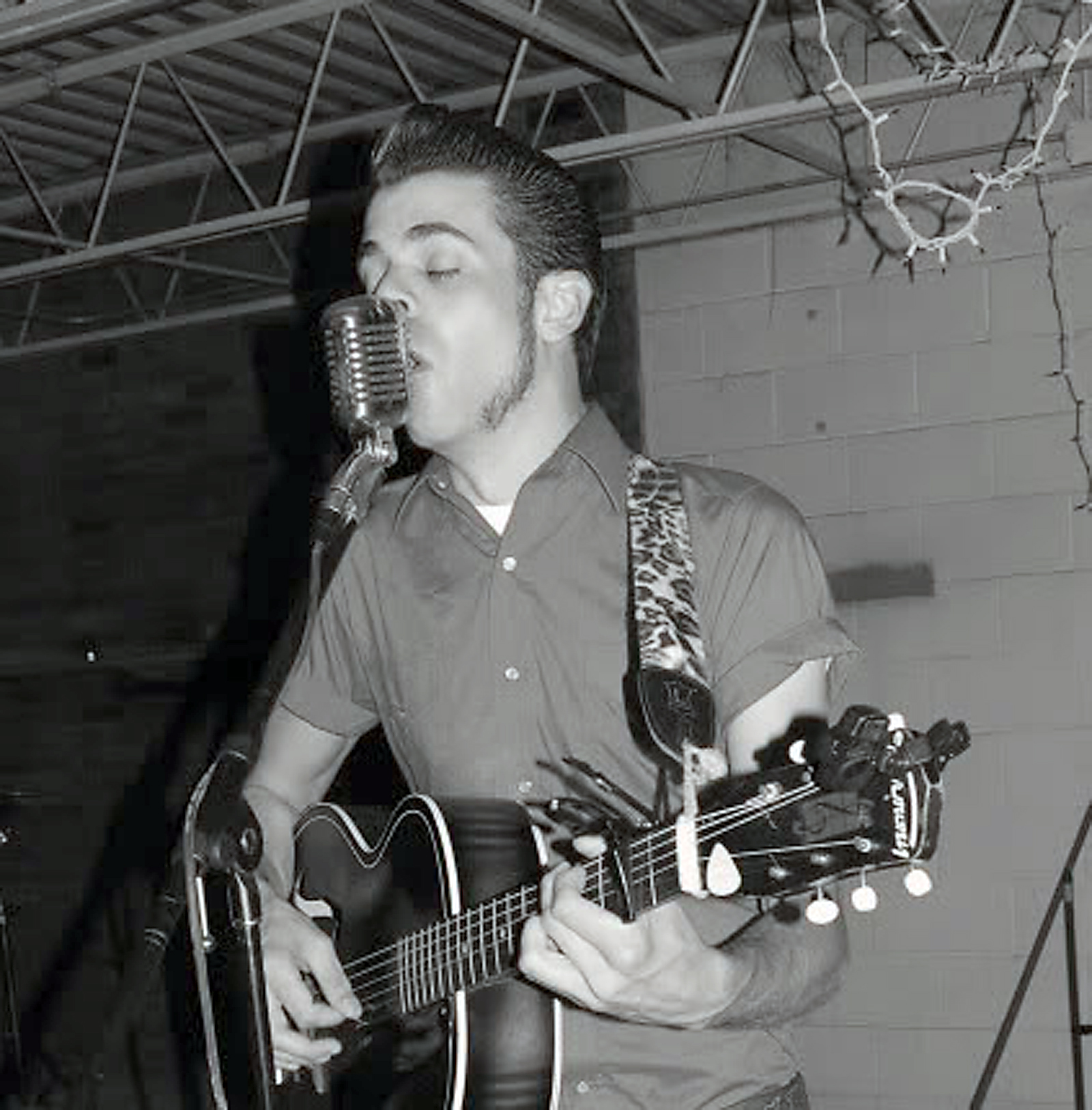Vandalized Mary Turner marker to be displayed in Atlanta
Published 2:00 pm Sunday, April 25, 2021

- Mary Turner Project photoA bullet-ridden historical marker highlighting the lynching of Mary Turner in 1918 has been removed from its location near Hahira and will be replaced.
HAHIRA – Mary Turner is still looking for a safe place to turn.
A vandalized historical marker will find a safer home as an exhibit in a civil rights center which is hundreds of miles from where the young, pregnant, Black woman it memorializes was lynched more than a century ago.
Trending
The bullet-scarred Mary Turner historical marker will become a display in the Center for Civil and Human Rights in Atlanta, said Mark George, coordinator of the Mary Turner Project.
The marker was so damaged by multiple gunshots and being rammed by off-road vehicles that it was beyond repair, George said. The marker was taken down last year from the spot where a mob killed Turner in 1918 on the Brooks-Lowndes County line.
The Mary Turner Project replaced it with an iron cross about seven feet high and two-and-a-half-feet wide with Turner’s name and the date of her death etched into it. George said he and others hand-poured 1,200 pounds of concrete for the base of the cross.
The marker memorializes the horrific death of Mary Turner which came after a series of South Georgia lynchings in 1918.
History shows that a white Brooks County plantation owner often bailed people out of jail. He then worked them on his land until he considered the bail debt repaid.
In 1918, he bailed out a 19-year-old Black man, who refused to work because he said he was sick. The white man beat the Black teen. After the beating, the Black teen shot and killed the white plantation owner, according to past articles on the incident.
Trending
The death spurred a “mob-driven manhunt” for the teen and others believed to be involved in the shooting.
“That manhunt lasted for more than a week and resulted in the deaths of at least 13 people, with some historical accounts suggesting a higher number of persons killed,” according to the Mary Turner Project.
The historical marker mentions 11 Black people killed. Mary Turner and her husband were among this number.
In May 1918, Mary Turner protested the killing of her husband. She was 21 years old and eight months pregnant; previous accounts have suggested she was only 20 years old.
She threatened to swear out warrants, which “enraged locals … Mary Turner fled for her life only to be caught and taken to a place called Folsom’s Bridge on the Brooks and Lowndes counties’ shared border.”
Eight-months pregnant, Turner was “burned, mutilated and shot to death,” according to the words on the historical marker.
She and the baby were buried 10 feet away. George said Turner’s death occurred between May 19-21, 1918.
The case was rarely mentioned in public locally until the efforts of the Mary Turner Project more than a dozen years ago.
The incident received local, state and national attention in 2018 because of the century anniversary of Turner’s death and the unveiling of the National Memorial for Peace and Justice in Montgomery, Ala., which records and commemorates lynchings throughout the nation.
Mary Turner has been commemorated regularly in South Georgia for the past several years with gatherings that include relatives, community members and out-of-state visitors.
The research into her death led to the historical marker.
And while the cross will remain on the site where Mary Turner died, a new historical marker will be established at the Webb Miller Community Church, George said.
The new marker will note the change in location but it will still tell the grim story of Mary Turner and carry the notation: “From 1880-1930, as many as 550 people were killed in Georgia in these illegal acts of mob violence.”
The church often hosts families and visitors for the Mary Turner Project gatherings prior to visiting the site where she died on the county line. The church is about five miles from the place where she died, George said, but it is well populated and perhaps, at least now, the marker memorializing her death will no longer be harmed.





